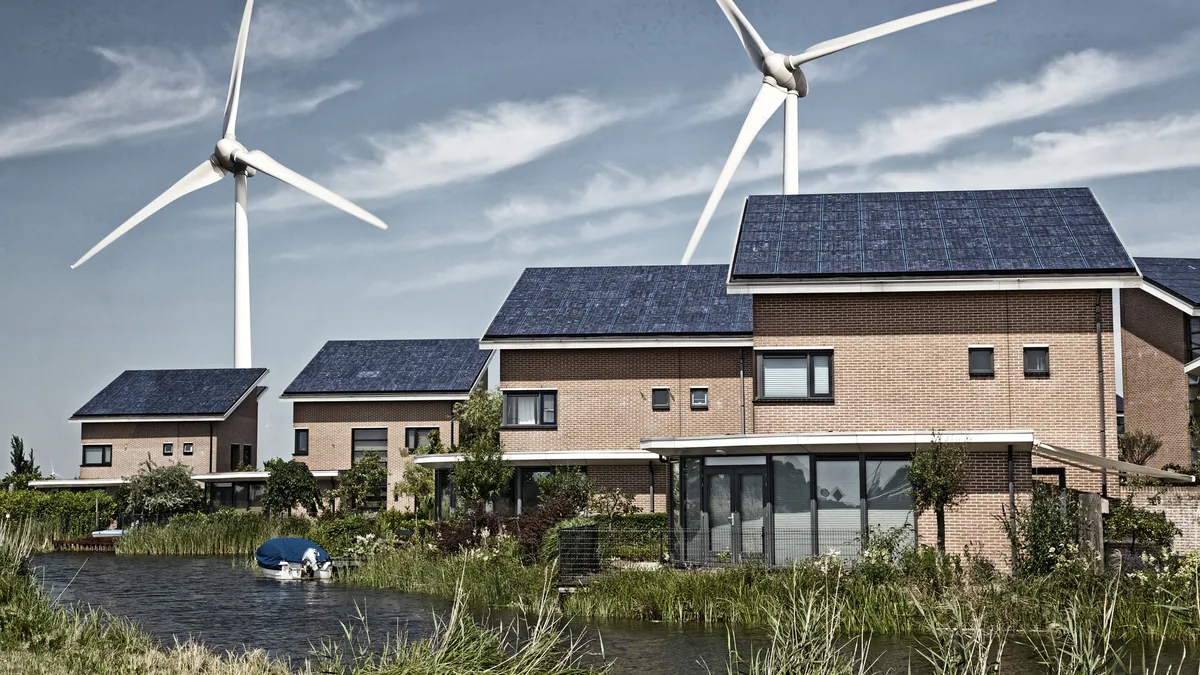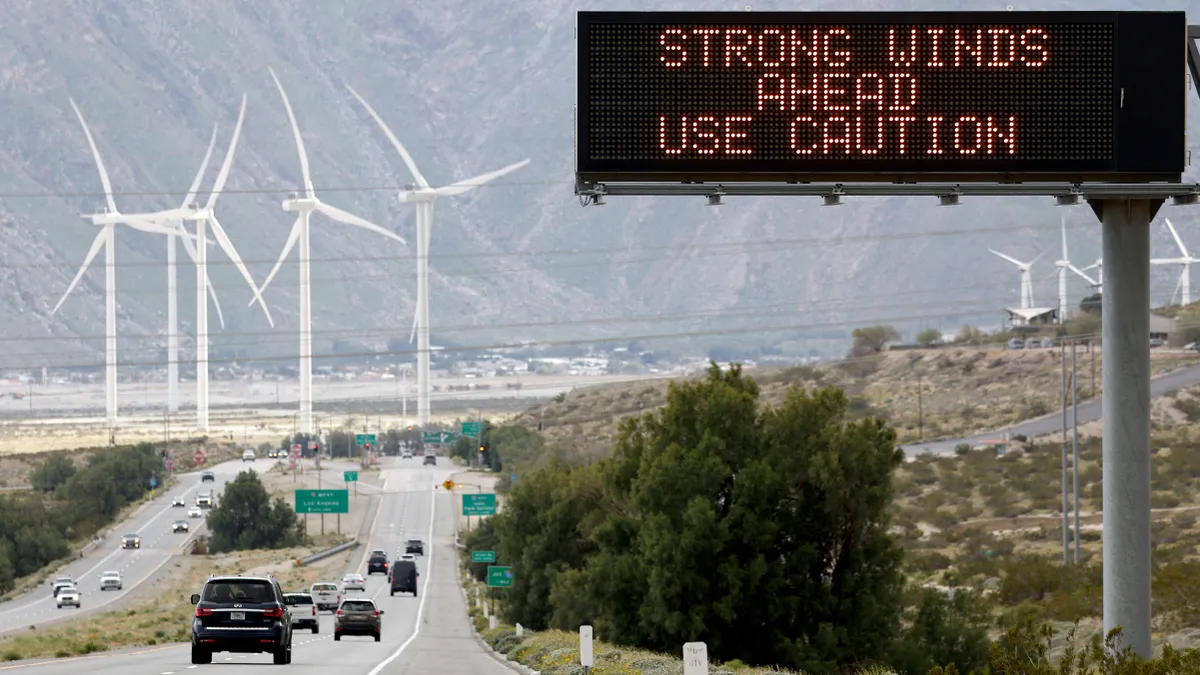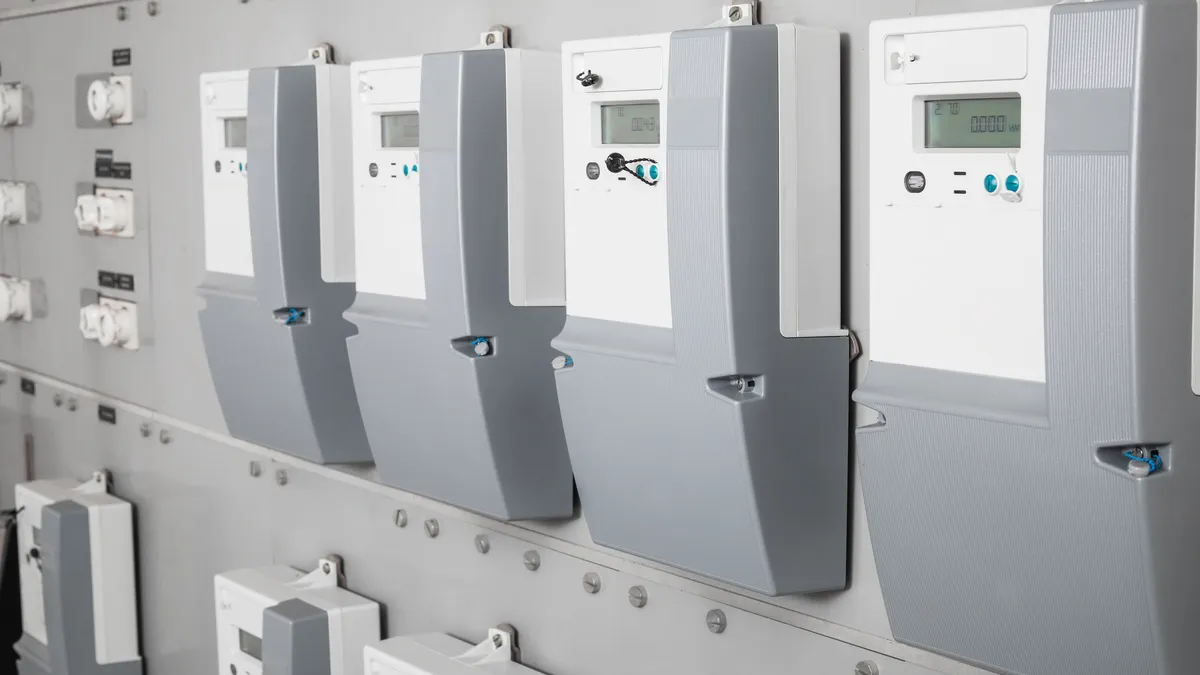The following is a contributed article by Peter Asmus, research director for microgrid solutions at Guidehouse Insights.
How California goes, so follows the nation. This axiom has held true the past few decades, especially for energy and environmental policy. Unfortunately, the pandemic’s onset hampered the state’s efforts to fight a record-setting wildfire season in 2020 with an aggressive microgrid policy initiative as well as plans that would have been the largest single utility microgrid purchase program in the country.
Not only were over 4 million acres burned, but five of the top 20 wildfires in California history all occurred in 2020 — including the August Complex fire started by a highly unusual dry lightning storm. As climate change drives more extreme weather events, wildfires in California and throughout the West are becoming the norm.
Microgrids are proliferating, with 8,203 microgrids identified worldwide representing 36,700 MW of peak capacity, ccording to Guidehouse Insights’ Microgrid Deployment Tracker 1Q21. And California could ramp up to challenge Alaska as the U.S. leader in microgrids, but a series of regulatory barriers for both utilities and third-party vendors are still standing in the way.
Reflections of Pacific Gas & Electric on last year’s wildfires and needed reforms
What were the primary lessons learned by Pacific Gas & Electric (PG&E) in 2020? "We became much smarter and used better modeling and data analytics to narrow the numbers of customers de-energized versus energized in PSPS events," Quinn Nakayama, director of integrated grid planning and innovation for PG&E told Guidehouse.
"With these new tools we can probably scale back the amount of temporary generation we will need in 2021," he added. "While we are seeking alternatives to diesel, we can’t violate engineering principles. The physics of the grid will trump any policy decision. In 2021 we hope to test out greener technologies. We want to rely on the cleanest diesel gensets possible as well as look to non-fossil-based fuel such as vegetable oil and renewable diesel products."
"There is also a big difference between single customer and multi-customer microgrids," he explained, with the latter, more complex projects often requiring involvement by utilities due to mixed customer classes and restrictions on crossing public rights-of-ways unless one is a utility (an issue addressed below).
Nakayma acknowledged that many single customer microgrids for military bases, college campuses and commercial facilities exist today, typically located behind-the-meter for backup power. "The beauty of a behind-the-meter microgrid is that the resilience can be stretched out since the customer can reduce load. For example, an 8-kW battery could last days if you turn off lights and other loads to stretch supply. With a multi-customer microgrid, however, the issues are more complex," he continued.
In California, the key for making microgrids work economically year-round is to receive resource adequacy (RA) payments from the wholesale market, argued Nakayma. "The challenge there is the California Independent System Operator (CAISO) deliverability requirements," he said, noting that more than half of PG&E service territory has limited to no deliverability, which may significantly limit their eligibility toward RA payments.
"To enable such resource adequacy payments would require some absurd transmission line improvements. But perhaps we are defining ‘deliverability’ in the wrong way. Could we create different models of deliverability such as a hyper-local deliverability instead of a macro-system of deliverability that is in place today? Could we create eligibility toward the resource adequacy market in a way that does not compromise the entire system?"
Potential customers point to long standing barriers to microgrids in California and the U.S.
Legislation designed to support microgrid development for communities and critical facilities in the California Legislature all failed during the 2020 legislative session. However, the California Public Utilities Commission (CPUC) made incremental progress in approving new regulations for utilities that offer some hope for the microgrid industry over the longer-term. For example, microgrid tariffs are being developed in California per state legislation SB 3119. Perhaps one of the more promising aspects of the CPUC’s initiative is a new Community Microgrid Enablement Program that will move forward in PG&E service territory. This CPUC program will provide incentives via credits to offset distribution upgrades to encourage the commercialization of microgrids in its service territory.
Still, those seeking to build microgrids point to long-standing barriers embodied in existing state regulations that appear in one form or another in virtually all 50 states. In California, this barrier is known as Section 218, which is the prohibition on transferring electricity over a public right of way if the project is not being developed by a utility. Each utility has developed its rules under this CPUC code. For example, Southern California Edison (SCE) has issued Rule 18, which threatened to derail a proposed microgrid at the Port of Long Beach, one of the largest ports on the West Coast.
The Port has set a goal of reducing emissions from all marine terminal equipment to zero by 2030. This will require a massive shift toward electrification. This also means the Port will be more susceptible to power outages, which have increased dramatically in California over the past few years due to wildfires and Public Safety Power Shutoff events. On average, cargo valued at approximately $200 billion passes through the Port each year.
The California Energy Commission funded a microgrid at the Port designed to include solar PV, and two battery systems – one of which is mobile. The batteries would be charged up by both onsite solar systems and, when necessary, from SCE’s power grid. These energy resources would displace existing diesel generators. It took more than a year to negotiate a unique agreement with SCE to work around the restrictions imposed by SCE’s Rule 18. The agreement was narrowly construed to only apply to this project. This despite the passage of SB 1339 which was touted as a bill designed to develop tariffs removing regulatory barriers and thereby accelerate microgrid adoption in the state.
"Rule 18 is a clear and present barrier to microgrid development," reads a Port of Long Beach filing to the CPUC. "In fact, as demonstrated by the Port’s microgrid experience, it is potentially fatal to development of microgrids and to the power systems resilience needed at electrified, zero-emissions marine terminals." The filing goes on to note that "microgrids in general can only succeed from a cost perspective if the major expense of generation and storage can be shared across significant loads, which often requires multiple customers."
The City of Berkeley also received a California Energy Commission Electric Program Investment Charge grant for a microgrid in 2016 that would have provided resilience to a number of municipal critical facilities. However, Section 218 and the resulting costs associated with utility ownership of the distribution lines posed challenges that led the city to pivot from development of a microgrid and instead focus on individual solar PV and energy storage facilities at each individual site, losing the efficiencies a microgrid could have provided.
"Because not every building that provides critical services to our community can host solar and storage on-site, the ability to cost-effectively share power between buildings within a neighborhood is key to community resilience," said Marna Schwartz, sustainability coordinator for the City of Berkeley.
"We need microgrids that can fit into the landscape of our cities, with all of the complexities of existing buildings and distribution lines. And rather than being a financial burden and only available to those with deep pockets or those who receive seed funding, microgrids should be able to provide revenue for communities, to equitably build local economics while at the same time developing community energy assurance," said Ms. Schwartz.
Conclusion
As utilities such as PG&E move forward with a greater reliance upon microgrids, partnerships with trusted vendors will be key, with emerging energy as a service business models offering a new way to finance such projects with private capital.
Nakayama of PG&E observed: "Developers often struggle, claiming they’re not getting the data they need from the utility. They also have questions about how to use the data. That’s why, as part of the community enablement microgrid approved by the CPUC this past summer, we are creating a new engineering organization to help out. This new organization will essentially be providing free consulting services on how best to deliver a microgrid that makes engineering sense. Since the resulting projects will have had a pre-design review, it should be easier for these microgrid projects to go through the utility approval process."
The 2021 legislative session looks more promising than 2020. Utilities and third-party developers – and their customers – all seem to signal that reforms are needed to existing policy and regulations to accommodate the rapid change sweeping through electricity markets. Microgrids are at the forefront of this debate.
Hopefully, another tragic fire season is not on the horizon, though 2021 looks to be a drought year. Microgrids are clearly a key part of the solution. But how to get there still remains a hot topic of contention with millions of dollars in economic activity – and environmental value – at stake.






















